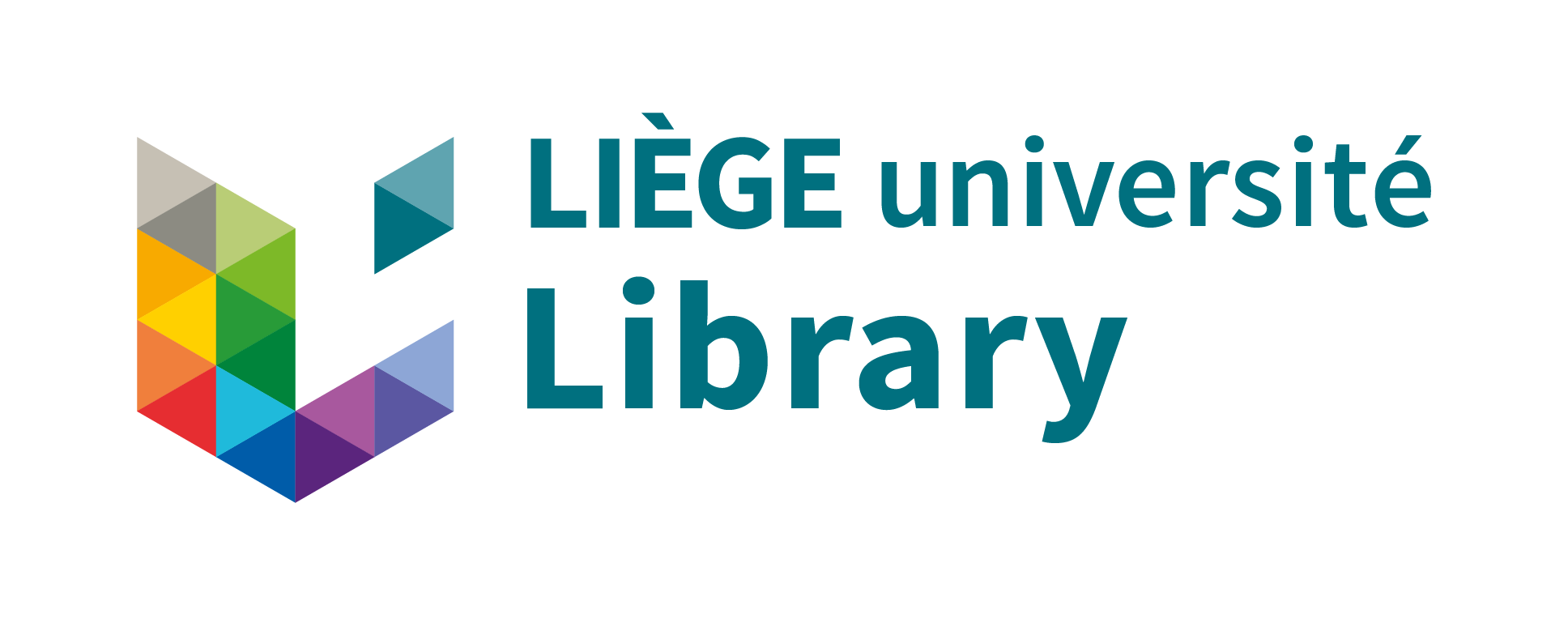Travail de fin d'études et stage[BR]- Travail de fin d'études : Contribution to the energy transition in Bolivia[BR]- Stage d'insertion professionnelle
Vansighen, Thomas 
Promoteur(s) :
Quoilin, Sylvain 
Date de soutenance : 5-sep-2022/6-sep-2022 • URL permanente : http://hdl.handle.net/2268.2/16470
Détails
| Titre : | Travail de fin d'études et stage[BR]- Travail de fin d'études : Contribution to the energy transition in Bolivia[BR]- Stage d'insertion professionnelle |
| Titre traduit : | [fr] Contribution au développement de la transition énergétique en Bolivie |
| Auteur : | Vansighen, Thomas 
|
| Date de soutenance : | 5-sep-2022/6-sep-2022 |
| Promoteur(s) : | Quoilin, Sylvain 
|
| Membre(s) du jury : | Balderrama Subieta, Sergio Luis 
Lemort, Vincent 
Dewallef, Pierre 
|
| Langue : | Anglais |
| Discipline(s) : | Ingénierie, informatique & technologie > Energie |
| Centre(s) de recherche : | Université de Liège - Universidad Mayor de San Simón |
| Public cible : | Chercheurs Professionnels du domaine Etudiants Grand public |
| URL complémentaire : | https://github.com/MPavicevic/DispaSET-SideTools |
| Institution(s) : | Université de Liège, Liège, Belgique |
| Diplôme : | Master en ingénieur civil électromécanicien, à finalité spécialisée en énergétique |
| Faculté : | Mémoires de la Faculté des Sciences appliquées |
Résumé
[en] This thesis aims to assess the data provided by the long-term energy planning model OSeMOSYS with the short-term power dispatch and unit commitment model, Dispa-SET.
This assessment lies in the more significant project, "Contribution to the development of solar hybrid micro-grids for rural electrification in Bolivia".
First, three scenarios of the Bolivian energy system are developed in OSeMOSYS, the Business-As-Usual model, a model representing the Bolivian energy mix as it is now and how it will evolve. The Mixed Policies scenario is a scenario taking into account various energy policies made to lower Bolivia's greenhouse gases (GHG) emissions and reduce its dependence on fossil fuels. The last scenario, Carbon Neutral, pushes the BES to zero GHG emission by 2050. The results given by OSeMOSYS are introduced as inputs in the Dispa-SET model through a soft-linking process. It consists of the transfer of outputs from one model to the other. In this case, the OSeMOSYS data is transferred to Dispa-SET.
Multiple years are simulated in Dispa-SET to assess the adequacy of the data of the proposed system.
The results reveal that OSeMOSYS lacks installed power capacity in the short term, leading to a significant amount of energy not served on the modelled energy system. However, its results can be improved by using multiple mechanisms in Dispa-SET, such as the flexible demand. Implementing a bi-directional automated soft-linking may provide more sensible data from OSeMOSYS.
Fichier(s)
Document(s)
Annexe(s)

 Abstract_Contribution_to_the_energy_transition_in_Bolivia.pdf
Abstract_Contribution_to_the_energy_transition_in_Bolivia.pdf
Description:
Taille: 47.39 kB
Format: Adobe PDF
Citer ce mémoire
L'Université de Liège ne garantit pas la qualité scientifique de ces travaux d'étudiants ni l'exactitude de l'ensemble des informations qu'ils contiennent.


 Master Thesis Online
Master Thesis Online



 Tous les fichiers (archive ZIP)
Tous les fichiers (archive ZIP)
